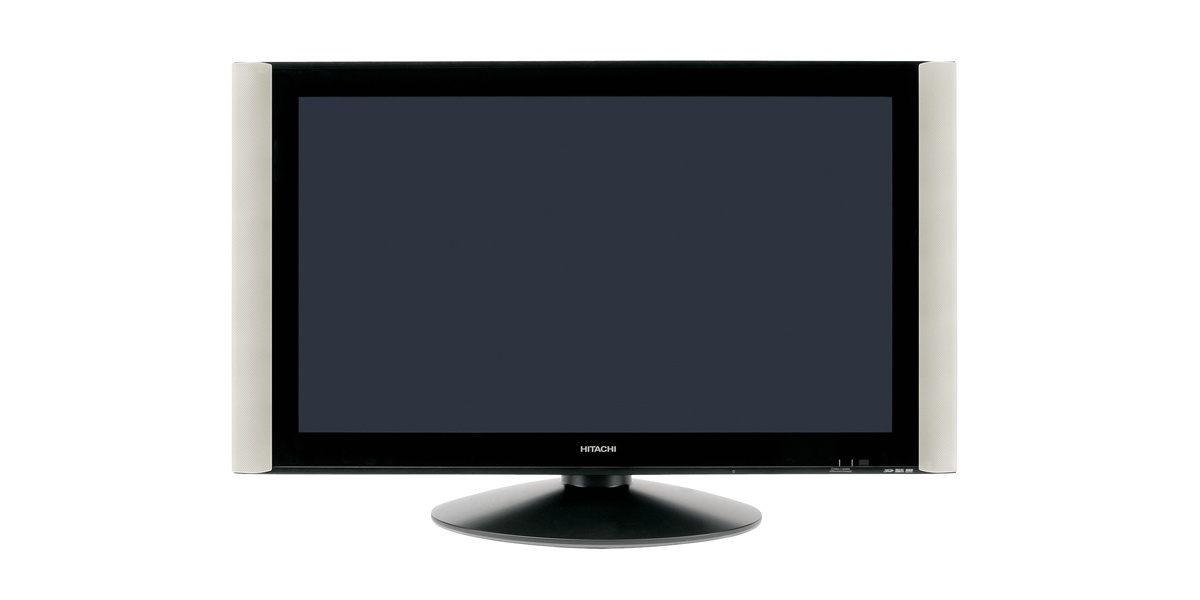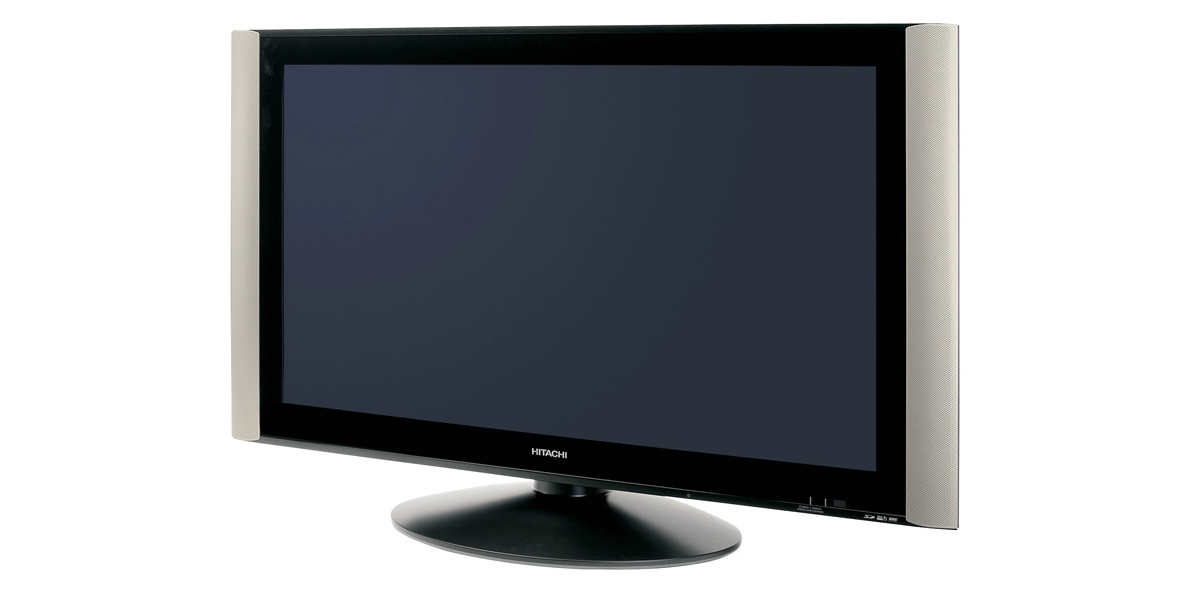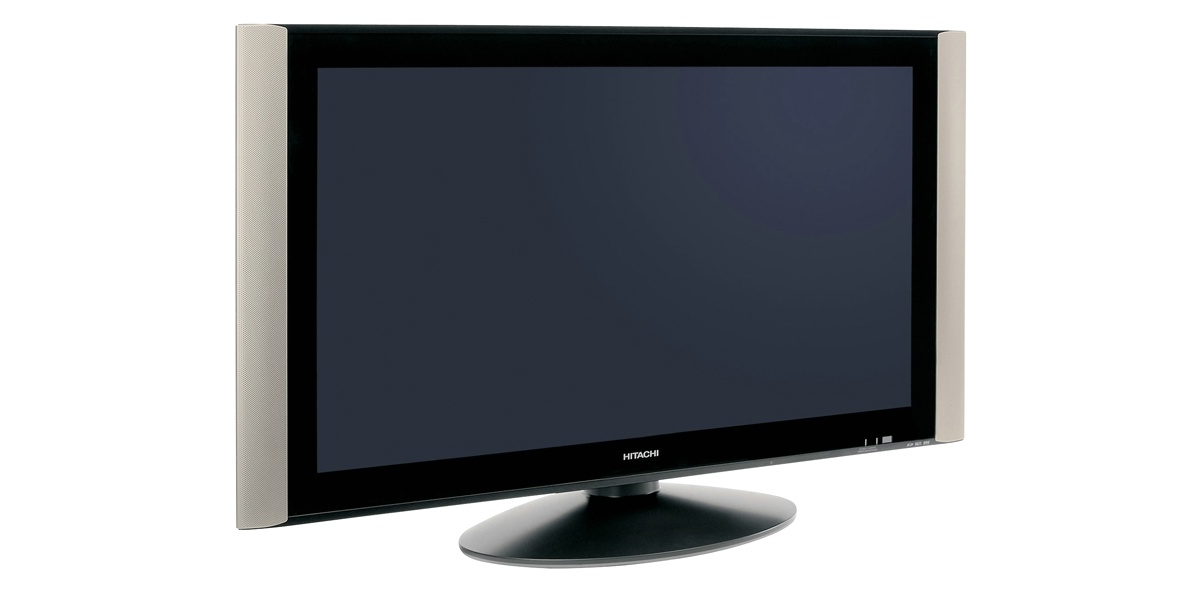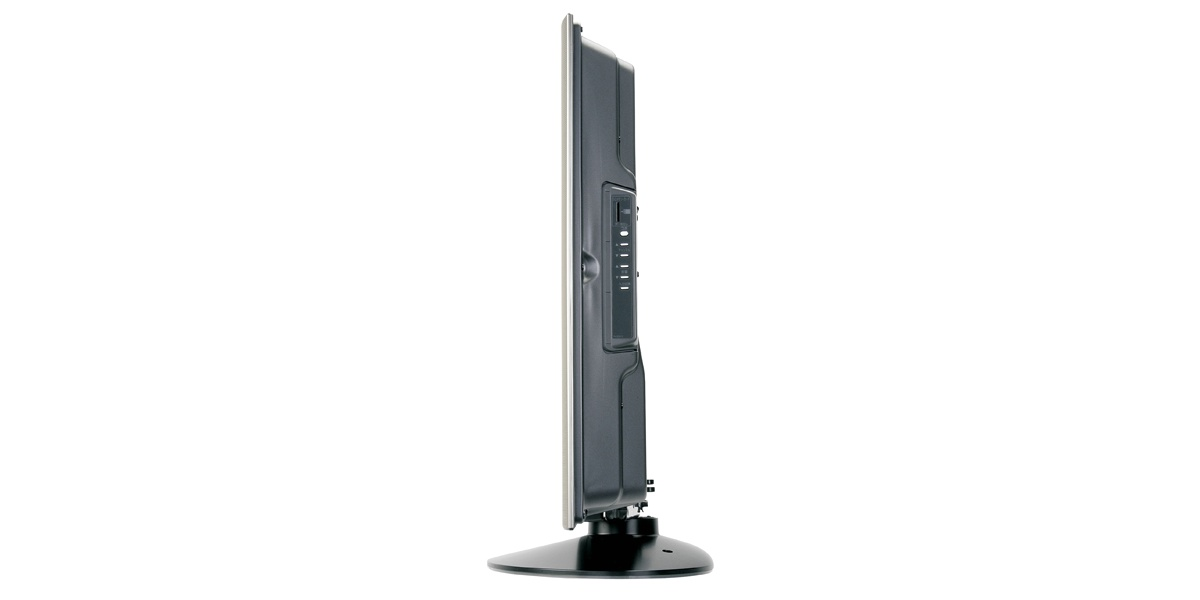Discontinued




General |
||
|
Power Supply |
AC100-240V |
|
|
Frequencies |
50 / 60 Hz |
|
|
Power Consumption |
370W |
|
|
Dimension (W x H x D) |
1134 x 684 x 98mm (excluding stand) |
|
|
Weight |
37.3kg (excluding stand) |
|
|
Stand (optional) |
Power Swivel |
|
Display Characteristics |
||
|
Effective display area (H x V) |
922 x 522, (1052mm) diagonal |
|
|
Aspect Ratio |
16:9 |
|
|
Number of pixels (H x V) |
1024 x 1080 pixels (A4 ALIS) |
|
|
Pixel pitch (H x V) |
0.90 x 0.485mm |
|
|
Number of colours (gray levels) |
68.6 billion colours (1024 gray scale) |
|
|
Transmission of front filter |
36% |
|
|
Brightness (at white peak) |
Panel brightness : 1400cd / m2 |
|
|
Contrast ratio (Panel) |
4000:1 Typical |
|
Input Signal |
||
|
RF |
V / U / Cable / Hyperband |
|
|
Signal |
PAL B, G, H / I / D, KSECAM B, G / D, K / K1 / L, L' |
|
|
RF Multiplex |
A2 / NICAM |
|
|
Text |
1200 pages |
|
|
Video Signal |
PAL / SECAM / PAL60 / NTSC4.43 / NTSC3.58 / PAL-M / PAL-N / SCART RGB |
|
|
Component Signal |
480i / p, 576i / p, 720p(50 / 60), 1080(50 / 60) |
|
|
HDMI Signal Video mode |
480i / p, 576i / p, 720p(50 / 60), 1080(50 / 60), VGA |
|
|
Analog RGB Signal |
VGA-UXGA (15kHz, 30 to 106kHz, 50Hz to 85Hz) |
|
|
Input Signal (Digital Tuner Part) |
#TEXT# |
|
|
Digital Tuner |
Yes |
|
|
Digital Teletext (MHEG 5) |
• (for "U" version) |
|
|
DVB EPG |
• (7days) |
|
|
Programme Reminder & Event Timer |
Yes |
|
|
Multi Language Subtitle Decoding and Display |
Yes |
|
Signal Input And Terminals |
||
|
RGB Input |
RGB : Mini D-sub 15-pin |
|
|
Control terminal |
Service use only (RS-232C : D-sub 9-pin) Female |
|
|
Video Input |
Video1 (CVBS / S, L+R) : 21-pin SCART |
|
|
Photo Input |
• USB & SD |
|
Signal Output |
||
|
Headphone |
Yes |
|
|
Sub woofer out |
Yes |
|
|
A/V output |
1(CVBS+L / R) : RCA pin |
|
Picture |
||
|
Comb Filter |
3D Y / C Comb Filter |
|
|
Noise Reduction |
Yes |
|
|
LTI/CTI |
Yes |
|
|
AVL |
• (Perfect Volume) |
|
|
Picture Mode |
3 (Dynamic, Natural, Cinema) |
|
|
White Balance |
4(Cool, Normal, Warm, Black & White) |
|
|
Dynamic Contrast |
Yes |
|
|
Colour Management |
Yes |
|
|
Film Mode |
Yes |
|
Sound |
||
|
Surround |
SRS WOW |
|
|
Correction |
BBE |
|
|
Sound Mode |
4 (Movie, Music, Speech, Favourite) |
|
|
Audio Power (RMS) |
Ld36W 3 way 10 speakers |
|
Operation |
||
|
OSD Languages |
Analogue TV - UK, SW, NO, FIN, DA, CZ, POL, HUN, SLO, CRO |
|
|
Timer (Off/On) |
Yes |
|
|
Multi picture function |
PIP |
|
|
Wide Mode (Picture size) |
TV / Video - Panoramic, Zoom, Cinema, Full, 4:3 |
|
|
Side Input |
Yes |
|
|
Switches/buttons |
Main Power Switch, Sub Power Switch Program Up / Down, Volume Up / Down Menu, Input select |
IDTV stands for Integrated Digital Television. This means that the set has a built in Digital Tuner as well as the conventional analogue tuner and can receive both Digital TV and Radio channels if they are available in your area.
It is not advisable to leave still images on a Plasma TV for long periods of time (several hours) on a regular basis because there is a small chance that some image retention may happen. Generally speaking with a modern Plasma TV this is not an issue if it is used as a normal television and not used exclusively with static images.
This is largely a matter of personal choice but as a guide for optimum results we recommend approximately 3 to 4 times the screen height for watching HD images and 4 to 5 times for SD images.
Both technologies can offer excellent pictures but we recommend Plasma for larger screen sizes such as 50” and above. LCD are better in bright conditions and Plasma are generally better in lower light conditions.
Normal TV pictures are called Standard definition and actually display 576 visible lines to make the picture on the screen. High definition uses more lines and can be either 720p lines or 1080i lines. You should look for sets that carry the HD Ready logo that ensure a set is capable of displaying HD content. Most broadcast content is currently 1080i.
This means that all 1080 lines that make up one frame of a picture are drawn in one pass (this is called Progressive Display – see glossary) It contains more information than any other format so can give the best results possible but of course it depends on the quality of the original content. This is new format and generally only available from Blu Ray players or similar devices.
TV pictures are made by showing still pictures (frames) very quickly. In Europe this is normally 25 frames per second. A progressive display shows every line of the frame at once whereas an interlaced display shows the odd numbered lines and then the even numbered.
TV pictures are made by showing still pictures (frames) very quickly. In Europe this is normally 25 frames per second.. Most broadcasters transmit programmes in Interlaced format which means that each frame is sent in two parts, the odd numbered lines and then the even numbered lines. This is quite an efficient method of sending TV pictures and traditionally all TVs have had an interlaced display. This means that the odd lines are drawn on the screen and then the even lines are drawn in the gaps in between them. Because of the speed of drawing these lines your eye will not detect the slight difference in time between the odd and even lines.